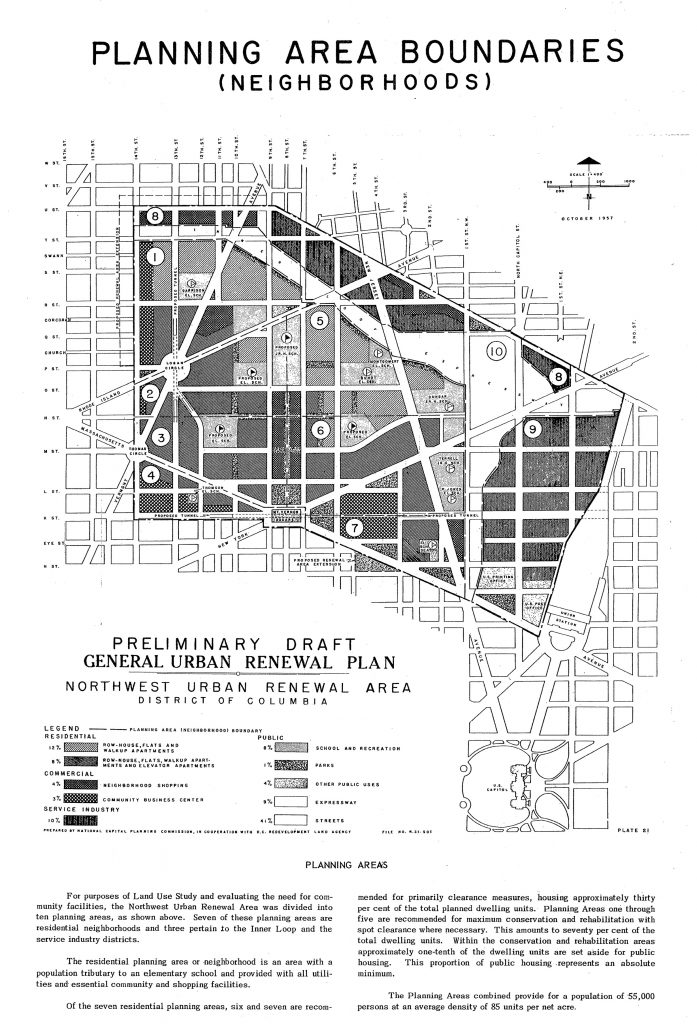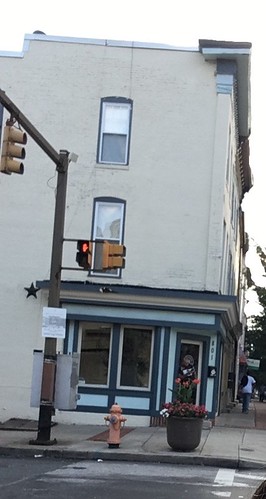I’ve been giving a lot of thought since my last post about the Black middle class in the District. I mentioned one of the great things the not so great former Marion “Mayor For Life” Berry did was help create a

sizable black middle class by getting African Americans in the city hired in city government and city contracts. BUT… that sizable Black middle class moved to Ward 9, aka Prince George’s County, Maryland. There is a large black middle class in the DC Metro Area, but the concentration is over in Maryland, not in the District.
The Georgetown report, the US Census, various authors and commentators have noticed that DC will no longer be majority minority (Chocolate) city if current trends continue. The Georgetown report suggests halting the trend by trying to keep DC’s predominately native Black population with various programs targeted at low income households. And maybe that won’t help at all because maybe DC never produced enough natives to make a difference and the key is attracting African Americans to the city.
DC’s Afro-American population had two big growth spurts I can think of, the Civil War and the Great Migration. There was slavery in DC but not a lot compared to the surrounding areas of MD and VA. During and after the war, a number of black people flooded into the city and Union held areas for safety and opportunity. These Freedmen, were not DC natives, and their country rural ways were not necessarily welcomed by black DC natives. The Great Migration, where Southern African Americans moved North, and DC is a North/South hybrid brought more rural Blacks into the city.
Looking at my own research for Truxton Circle, specifically the data for the 1930 census, when the neighborhood became overwhelmingly African American, a majority were not DC natives. There were 4866 people living in the neighborhood, a little under half of those (all races) were DC natives. With 3798, the TC was majority black, yet only 1443 were DC natives. Of black household heads and wives (1,476), to exclude children most likely born in DC, 349 were born in DC.
To me it looks like the problem of loss of DC’s Black population and particularly the near disappearance of the Black middle class is not attracting enough Black people into the city to live. DC has not grown it’s large Black population booms through childbirth. DC has become very attractive to young white people, the city has just got to figure out how to make it attractive to young hip up and coming black people.
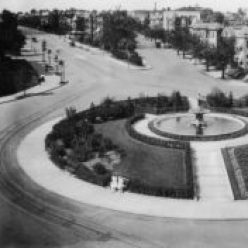
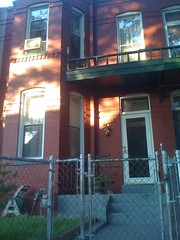
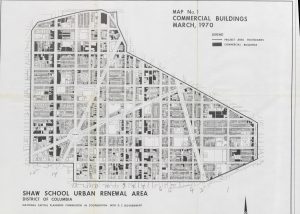

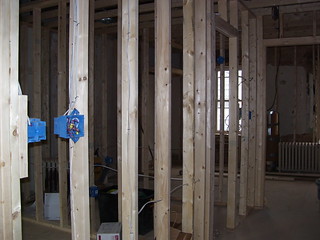
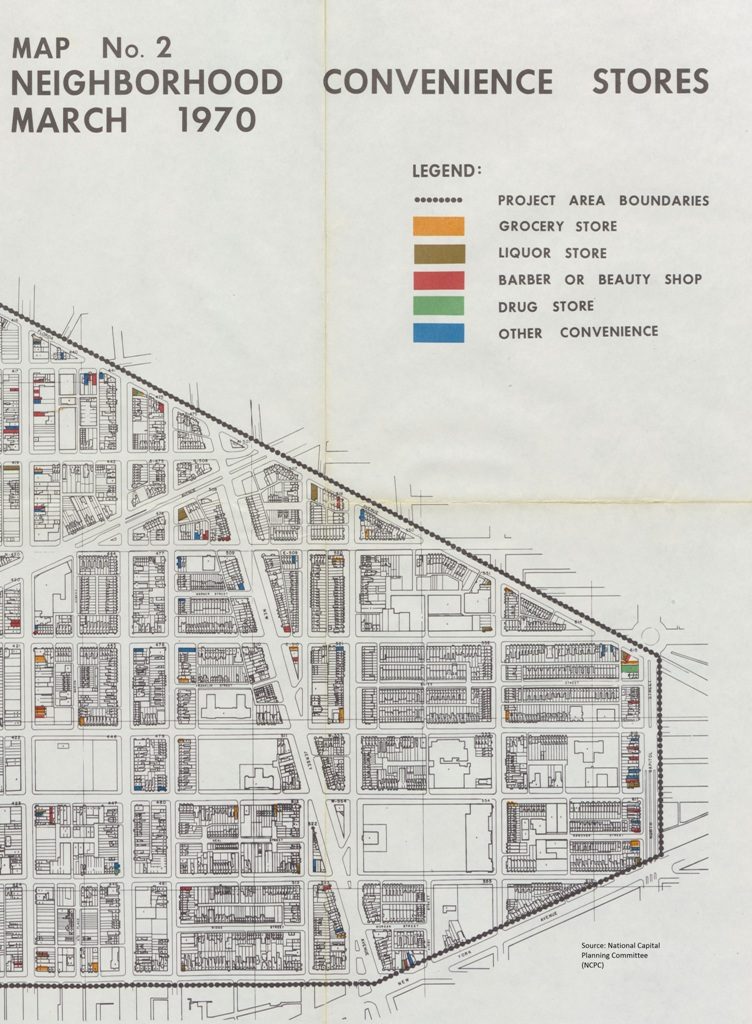
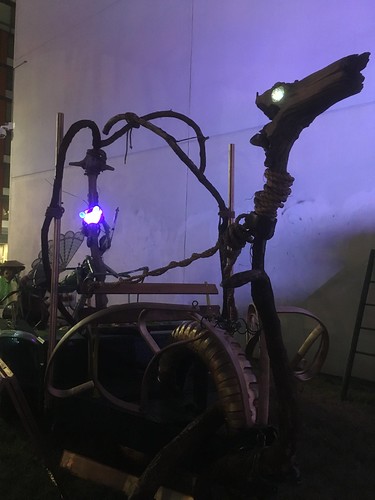

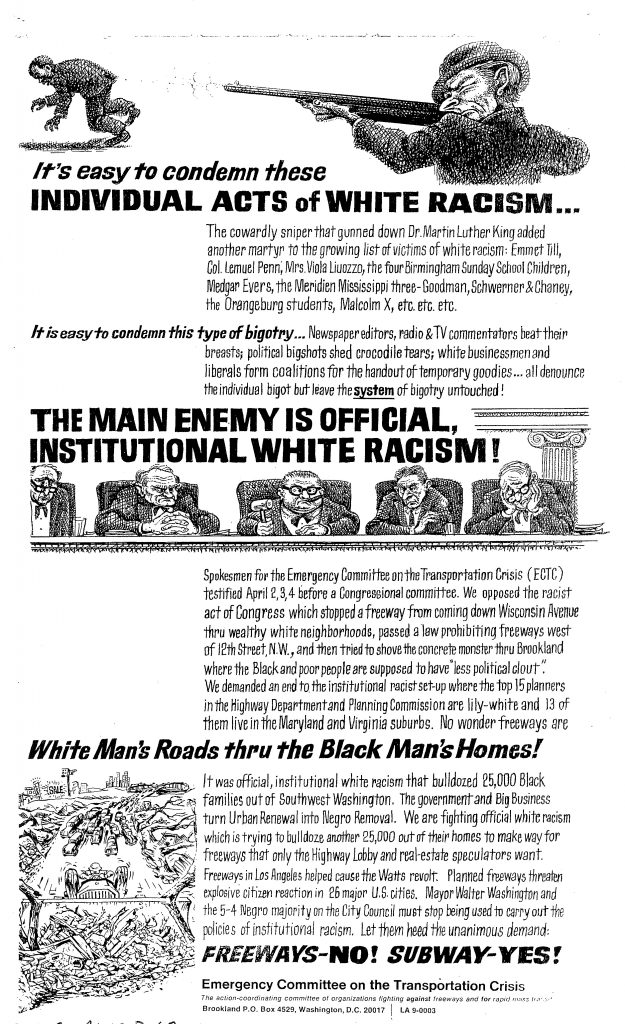 The thing I like about primary sources in history is that it occasionally reminds us of the things forgotten. We know of Emmet Till, the Birmingham Sunday school children, Medgar Evers, and Malcolm X, however those other people require Googling. Yet, the people who this flyer/poster was aimed at knew who was Col. Lemuel Penn.
The thing I like about primary sources in history is that it occasionally reminds us of the things forgotten. We know of Emmet Till, the Birmingham Sunday school children, Medgar Evers, and Malcolm X, however those other people require Googling. Yet, the people who this flyer/poster was aimed at knew who was Col. Lemuel Penn.
